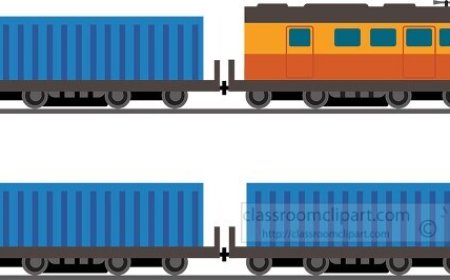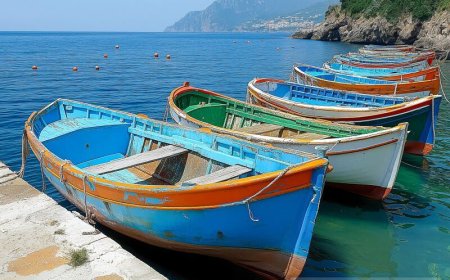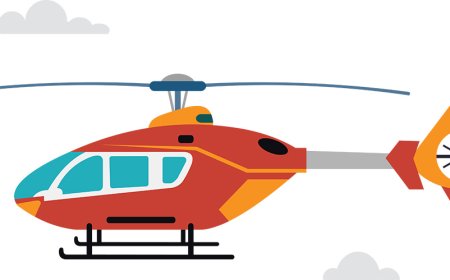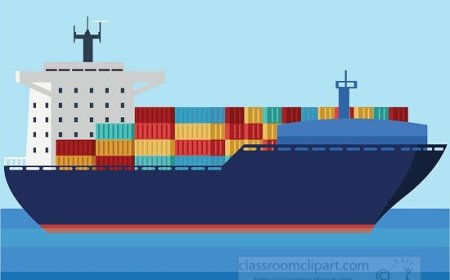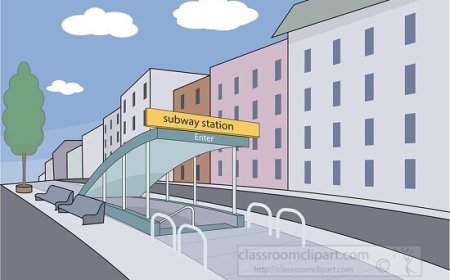All About Land Transportation
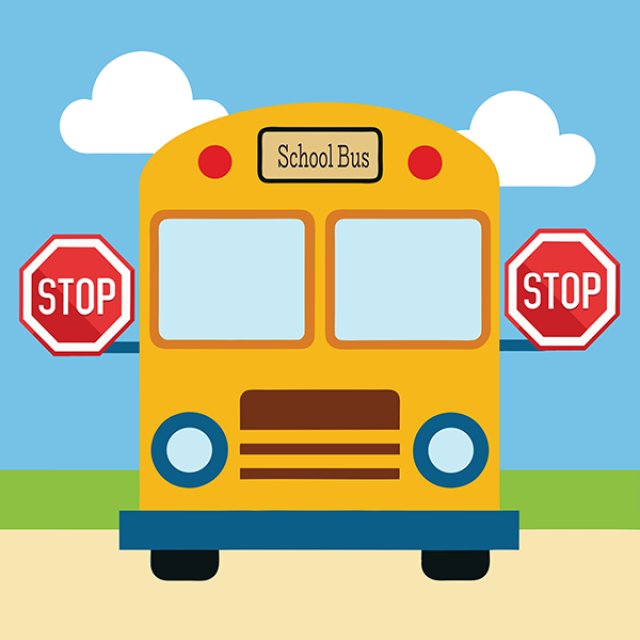
🚗 All About Land Transportation
Cars, Trains, Buses, and Bikes
Summary:
Land transportation includes everything that moves people and goods on the ground. From the simple bicycle to powerful trains and everyday cars, land vehicles play a major role in modern life. In this article, we’ll explore how different types of land transportation work, how they’ve evolved, and how they’re shaping the future.
🛣️ Table of Contents
- What Is Land Transportation?
- Cars: Changing How We Live
- Trains: Speed and Power on Rails
- Buses: Transportation for the People
- Bicycles: Clean, Quiet, and Cool
- Roads, Tracks, and Infrastructure
- The Environment and the Future
- Fun Facts
- Kid-Friendly Summary
🚦 1. What Is Land Transportation?
Land transportation is any form of travel that happens on the ground. It uses roads, rails, or pathways to move people, animals, and goods. It includes motor vehicles, bicycles, trains, and more.
We use land transport:
- To go to school or work
- To deliver mail and packages
- To transport food, clothing, and medicine
- For fun and adventure!
There are two main types:
- Road transport: cars, buses, bikes, trucks
- Rail transport: trains, subways, and streetcars
🚗 2. Cars: Changing How We Live
Cars are one of the most common land vehicles in the world. They're fast, convenient, and give people the freedom to go almost anywhere.
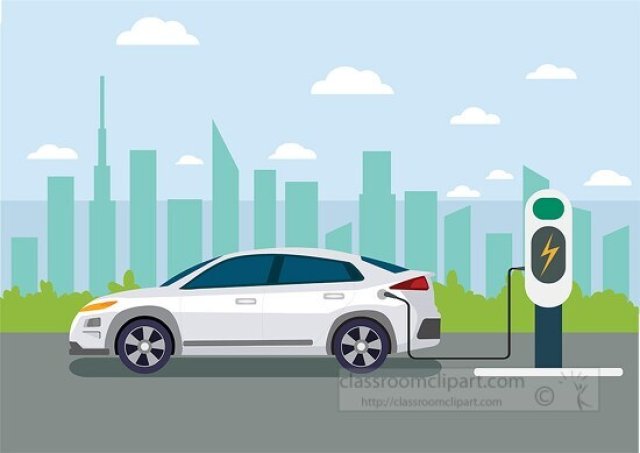
🛠️ How Cars Work
- Most cars have engines that burn fuel (gasoline or diesel) or use electricity.
- They run on four wheels and are controlled with a steering wheel, pedals, and gears.
🕰️ A Bit of History
- The first gasoline-powered car was built in the late 1800s by Karl Benz.
- Henry Ford made cars popular by inventing the assembly line in 1913.
⚡ Today’s Cars
- Electric cars (EVs) use batteries instead of gas.
- Some cars are self-driving, using cameras and computers to steer.
💡 Did You Know? There are over 1.4 billion cars on Earth!
🚆 3. Trains: Speed and Power on Rails
Trains move on metal tracks and carry passengers or cargo over long distances. They’re fast, strong, and energy-efficient.
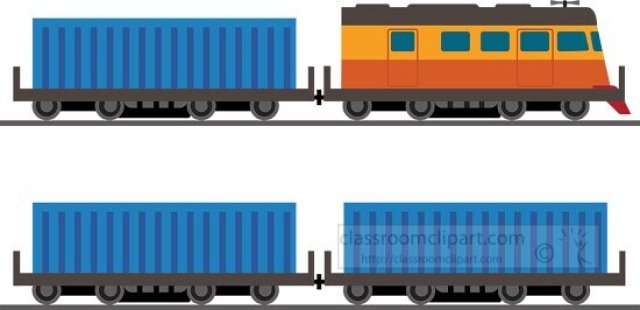
🚉 Types of Trains
- Passenger trains – Carry people between cities or countries.
- Freight trains – Transport goods like coal, food, and cars.
- Subways – Underground trains in big cities.
- High-speed trains – Very fast trains like Japan’s Shinkansen or France’s TGV.
🔋 How They Work
- Older trains used steam engines.
- Today’s trains use diesel engines or electric motors.
💡 Did You Know? Some trains float above the tracks using magnets—these are called maglev trains!
🚌 4. Buses: Transportation for the People
Buses are large vehicles that carry many people at once. They’re a key part of public transportation and help reduce traffic and pollution.
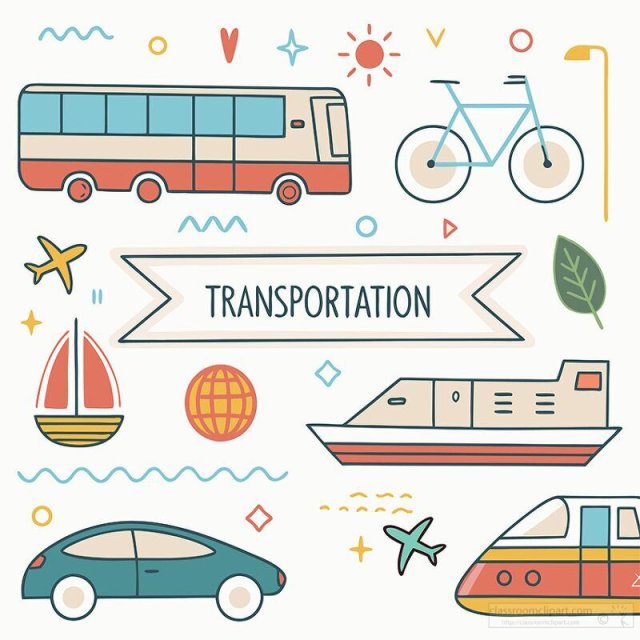
🚍 Types of Buses
- City buses – Travel short distances in towns and cities.
- School buses – Bring students to and from school.
- Coach buses – Comfortable buses for long trips.
🌍 Why Buses Matter
- More people in fewer vehicles = less pollution.
- They help people who don’t have cars.
💡 Did You Know? A full bus can take 40–50 cars off the road!
🚲 5. Bicycles: Clean, Quiet, and Cool
Bicycles are one of the simplest and most eco-friendly types of transportation. They don’t need fuel and are powered by you!
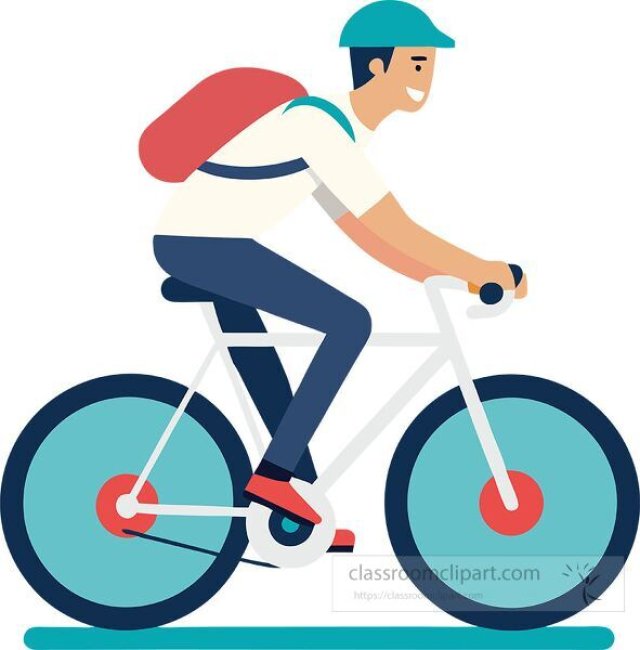
🛠️ How Bikes Work
- Bikes use pedals, chains, and gears to move.
- Some bikes now have small electric motors (called e-bikes).
❤️ Health and Environment
- Riding a bike is great exercise.
- Bikes don’t pollute the air.
💡 Did You Know? There are more bikes than cars in the world!
🛤️ 6. Roads, Tracks, and Infrastructure
Land transportation depends on something called infrastructure. These are the structures that support vehicles.
🛣️ Examples:
- Roads and highways for cars and buses
- Sidewalks and bike paths
- Railways and train stations
- Traffic signs and traffic lights
Good infrastructure makes travel faster, safer, and easier.
🌱 7. The Environment and the Future
While land transport helps us in many ways, it can also harm the planet.
🌍 Problems
- Cars and trucks burn fuel, creating air pollution and greenhouse gases.
- Roads take up a lot of space and harm nature.
💡 Solutions
- Electric vehicles use clean energy.
- Public transport reduces the number of cars on the road.
- Bike-friendly cities encourage clean travel.
- Self-driving cars may improve traffic flow and safety.
The future of land transportation will be faster, smarter, and more eco-friendly!
🤓 8. Fun Facts
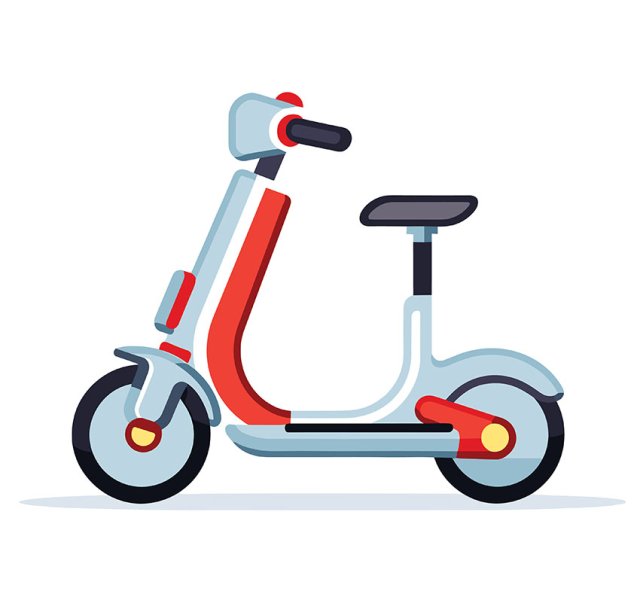
- The longest train ever had 682 cars and was over 4 miles long!
- Electric scooters and e-bikes are becoming more popular in cities.
- In some places, buses are powered by solar or hydrogen energy.
- The world’s busiest bike city is Copenhagen, Denmark, where more than half the people bike to work.
- The first traffic light was used in 1868 in London.
🧒 9. Kid-Friendly Summary
Land transportation means moving on the ground with vehicles like cars, buses, trains, and bikes. Cars give us freedom, trains move people and goods fast, buses carry groups, and bikes are fun and green. Roads and tracks help these vehicles move safely. In the future, we’ll see more electric vehicles, smart systems, and cleaner ways to travel!


















































